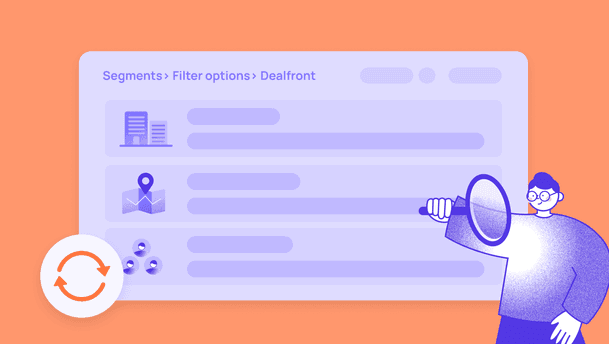“A sale is made on every call you make. Either you sell the client some stock or he sells you on a reason he can’t.”
— Jordan Belfort, The Wolf of Wall Street
It’s a bold line, delivered by a character with questionable ethics, but there’s a nugget of truth in it.
Great salespeople know that every conversation counts.
You’ve seen it on your team. Think about your best salesperson. Not the one who talks the loudest. The one who listens the best. The one who remembers details. Who checks in at just the right moment, not to close a deal, but to offer genuine help. That person doesn’t treat every buyer the same, because they understand something fundamental: trust is personal.
Now think about your website. Does it behave the same way?
Most B2B websites don’t listen, don’t remember, don’t adapt. They treat every visitor like a stranger, even if they’ve visited five times, downloaded a whitepaper, and watched a demo. The website still serves them the same generic headline and pushes the same “Book a demo” button. And that’s a missed opportunity. For companies focused on generating and nurturing leads, failing to adapt in real time often results in a low conversion rate website that wastes buyer intent.
In a world where your buyer does most of their journey before ever speaking to sales, your website plays a critical role. So why does it still treat every visitor the same, while your sales team adapts to every conversation?
Introducing the relationship loop: A human‑centric foundation for your website
“Communicate with your customers online the way you communicate with your best friends.”
That’s a simple idea, but it changes everything.
When you speak with a friend, you don’t start from scratch every time. You remember what matters to them, follow up, adjust how you talk based on the moment, the mood, and the context. That’s what makes the interaction feel natural and what builds trust over time.









